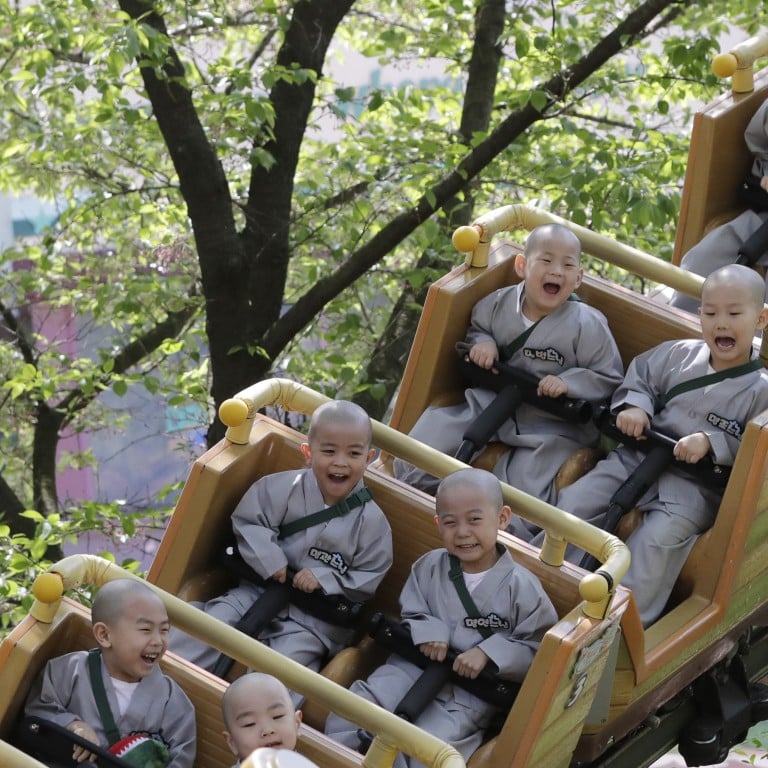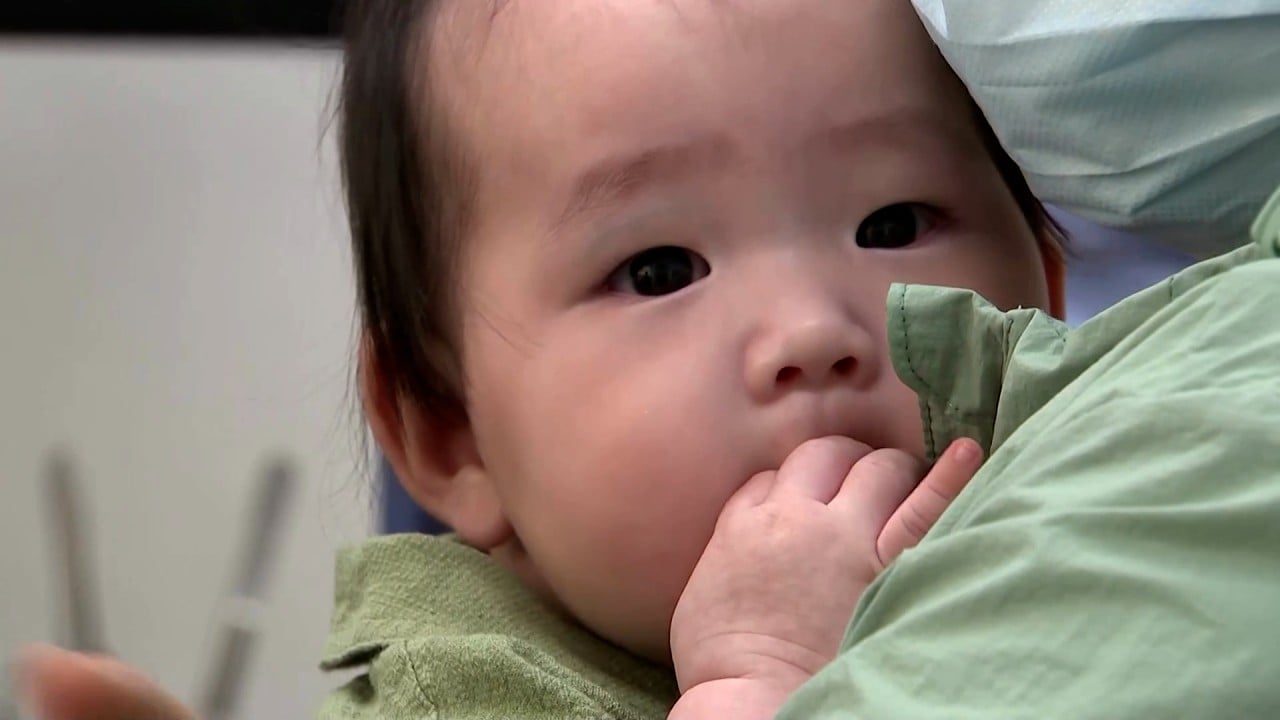
South Korea sets new record for world’s lowest fertility rate despite spending billions to stem population slide
- Data showed the average number of expected babies for a South Korean woman during her reproductive life fell to 0.72 in 2023 from 0.78 in 2022
- Experts say there are multiple causes for the low birth rate, from high child-rearing costs to property prices
South Korea’s fertility rate, already the world’s lowest, dropped to a fresh record low in 2023, defying the billions of dollars spent by the country to try to reverse the trend as the population shrank for a fourth straight year.
The average number of expected babies for a South Korean woman during her reproductive life fell to 0.72 from 0.78 in 2022, data from Statistics Korea showed on Wednesday.
This is far below the 2.1 children needed to maintain the current population of 51 million.
“The number of newborns in 2023 was 230,000, which was 19,200 fewer than the year before, representing a 7.7 per cent decrease,” Lim Young-il, head of the Population Census Division at Statistics Korea, told reporters.
The 2023 crude birth rate – the number of newborns per 1,000 people – was 4.5, down from 4.9 in 2022.
Children for sale: inside South Korea’s dark past as the West’s ‘baby farm’
Since 2018, South Korea has been the only member of the Organisation for Economic Co-Operation and Development (OECD) to have a rate below 1.
The South Korean government has made it a national priority to reverse the falling birth rate and in December promised to come up with “extraordinary measures” to tackle the situation.
Experts say there are multiple causes for the low birth rate, from high child-rearing costs and property prices to a notoriously competitive society that makes well-paid jobs difficult to secure.
The double burden for working mothers of carrying out the brunt of household chores and childcare while also maintaining their careers is another key factor, they say.
Meanwhile, ahead of elections in April, South Korea’s major political parties vowed more public housing and easier loans in an effort to stem population decline, aiming to allay fears of “national extinction” as fertility rates crumble.
The parties’ focus on population in their election planks reflects growing alarm after spending of more than 360 trillion won (US$270 billion) in areas such as childcare subsidies since 2006 has failed to reverse record low fertility rates.
In South Korea, the capital Seoul had the lowest fertility rate of 0.55 last year.
South Korea has previously projected its fertility rate is likely to fall further to 0.68 in 2024.
Additional reporting by Agence France-Presse


